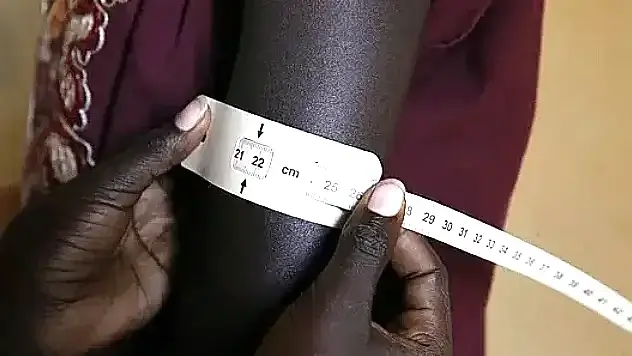How to Safely Detox Your Liver

Uncovering Medically-Sound Strategies to Support Liver Health
Nonalcoholic fatty liver disease (NAFLD) and other hepatic conditions have led many individuals to search for ways to promote hepatic wellness, often exploring how to safely detox your liver. However, effective liver "detoxification" does not involve unregulated supplements or extreme regimens. Instead, it relies on evidence-based approaches that support hepatic function, minimize further injury, and promote systemic health.
The Liver's Inherent Detoxification Capacity
The liver is the body’s primary detoxification organ, equipped with enzymatic pathways such as the cytochrome P450 system to metabolize toxins, medications, and endogenous waste products. In patients with NAFLD or other hepatic steatosis variants, impaired liver function can compromise these processes. However, the concept of external liver "cleansing" remains largely unsupported by medical evidence. Most products marketed for liver detoxification have not demonstrated clinical efficacy and, in some cases, pose risks of hepatotoxicity.
Diet as a Cornerstone: Nutritional Strategies for Liver Health
Addressing how to safely detox your liver starts with therapeutic dietary interventions. Clinical research supports the Mediterranean diet, which emphasizes monounsaturated fats, fiber-rich vegetables, whole grains, and lean proteins, as a primary tool to reduce hepatic steatosis. Controlled caloric reduction, particularly a loss of 7–10% of body weight, is associated with improved liver histology in patients with NAFLD.
- Incorporate Omega-3 Fatty Acids: Found in fatty fish such as salmon and sardines, omega-3s reduce hepatic fat accumulation and systemic inflammation.
- Prioritize Complex Carbohydrates: Consuming whole grains and legumes helps maintain insulin sensitivity, which is critical in mitigating steatotic progression.
- Limit Fructose and Saturated Fats: Excessive intake promotes de novo lipogenesis and worsens hepatic fat burden.
Emerging evidence also highlights the hepatoprotective effects of coffee consumption, with studies showing reduced progression to fibrosis in regular coffee drinkers.
The Role of Physical Activity in Liver Detoxification
Physical activity enhances hepatic lipid metabolism and systemic insulin sensitivity. A combination of aerobic exercise and resistance training is recommended to achieve metabolic improvements. The American Association for the Study of Liver Diseases (AASLD) advises at least 150 minutes of moderate-intensity aerobic exercise weekly to reduce hepatic fat content.
Notably, exercise exerts beneficial effects even in the absence of significant weight loss, underscoring its independent role in liver health.
Evidence-Based Supplements: Supportive but Not Curative
While no supplement can substitute for comprehensive lifestyle modification, certain nutraceuticals show promise as adjunctive measures:
- Vitamin E: In non-diabetic adults with biopsy-proven NASH (nonalcoholic steatohepatitis), vitamin E supplementation has been associated with histological improvement.
- Silymarin (Milk Thistle Extract): Preliminary studies suggest antioxidant and anti-inflammatory benefits, though larger, well-controlled trials are needed.
- Probiotics: By modulating gut microbiota, probiotics may reduce hepatic inflammation in patients with NAFLD.
It is imperative to consult a healthcare provider before initiating any supplement, as some can paradoxically worsen liver injury.
Medical Variations of "Liver Detox" in Clinical Practice
When considering how to safely detox your liver from a medical perspective, interventions extend beyond lifestyle modification. In certain cases, pharmacologic therapies such as pioglitazone or GLP-1 receptor agonists are recommended for patients with advanced NASH and fibrosis. Additionally, treating comorbidities such as type 2 diabetes mellitus, dyslipidemia, and hypertension is vital in holistic liver care.
For patients with significant hepatic impairment, liver transplantation remains the definitive therapy. However, optimizing liver health early can often prevent the progression to end-stage liver disease.
Red Flags: Detox Methods to Avoid
Understanding how to safely detox your liver also involves recognizing harmful practices:
- Extreme Fasting or Juice Cleanses: These methods can precipitate metabolic imbalances and even worsen hepatic injury in vulnerable individuals.
- Unregulated Herbal Supplements: Products such as kava, comfrey, and chaparral have been associated with drug-induced liver injury (DILI).
- High-Dose Vitamin and Mineral Supplementation: Excessive vitamin A or iron intake, for example, can result in direct hepatotoxicity.
Only evidence-based, patient-specific interventions should be considered part of any hepatic health strategy.
Professional Monitoring: A Critical Element in Liver Detoxification
Successful hepatic support must include regular monitoring by a healthcare professional. Laboratory assessments such as serum transaminases (ALT, AST), gamma-glutamyl transferase (GGT), and non-invasive imaging like transient elastography (FibroScan) offer critical insight into hepatic status and fibrosis progression.
Professional evaluation ensures early identification of complications and guides appropriate medical management, affirming that liver detoxification must be personalized, evidence-driven, and closely supervised.
Conclusion: Evidence-Based Care Is Essential
In navigating how to safely detox your liver, it becomes evident that sustainable lifestyle modifications, supported by clinical research, offer the best outcomes. The liver is remarkably resilient, but misguided attempts to "cleanse" it can lead to greater harm. Patients must rely on professional medical guidance to optimize liver health, especially in the context of fatty liver disease, ensuring interventions are safe, effective, and rooted in scientific evidence.
Share this article

Dr. Nico Fabian, MD
I'm a physician and board-certified internist who completed my Internal Medicine training at St. Luke’s Medical Center in Quezon City. See Full Bio.
-
1. Méndez-Sánchez N, Bugianesi E, Gish RG, Lammert F, Tilg H, Nguyen MH, Sarin SK, Fabrellas N, Zelber-Sagi S, Fan JG, et al. Global multi-stakeholder endorsement of the MAFLD definition. Lancet Gastroenterol Hepatol, 2022.
-
2. Chalasani N, Younossi Z, Lavine JE, Charlton M, Cusi K, Rinella M, Harrison SA, Brunt EM, Sanyal AJ. The diagnosis and management of NAFLD: Practice guidance from the American Association for the Study of Liver Diseases. Hepatology, 2018.
-
3. Eslam M, Newsome PN, Sarin SK, Anstee QM, Targher G, Romero-Gomez M, Zelber-Sagi S, Wai-Sun Wong V, Dufour JF, Schattenberg JM, et al. A new definition for metabolic dysfunction-associated fatty liver disease: An international expert consensus statement. J Hepatol, 2020.
-
4. Romero-Gómez M, Zelber-Sagi S, Trenell M. Treatment of NAFLD with diet, physical activity and exercise. J Hepatol, 2017.
-
5. Sathiaraj E, Gupta R, Dadhich S, Philip M, Choudhuri G. Beneficial effects of antioxidant therapy in patients with nonalcoholic steatohepatitis. Indian J Gastroenterol, 2011.
-
6. Arab JP, Arrese M, Trauner M. Recent insights into the pathogenesis of nonalcoholic fatty liver disease. Annu Rev Pathol, 2018.
How the Ketogenic Diet Can Help Manage Fatty Liver Disease Fatty liver disease, encompassing non-alcoholic fatty liver disease (NAFLD) and its...
Best Fiber-Rich Foods for Liver Health The relationship between fiber-rich foods and liver health has emerged as a crucial area of focus in hepatology, particularly...
Lifestyle Assessment Quiz For those dealing with fatty liver or aiming to reduce the risk, lifestyle choices play a crucial role. The “Lifestyle Assessment Quiz” helps...

You might enjoy more articles by
Dr. Nico Fabian, MD
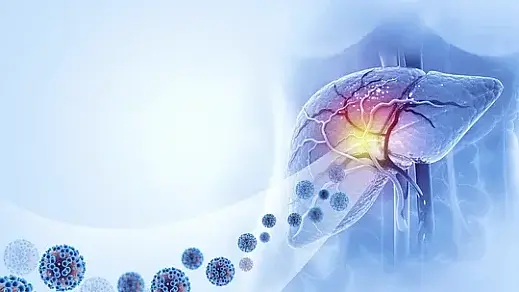 Disease
Disease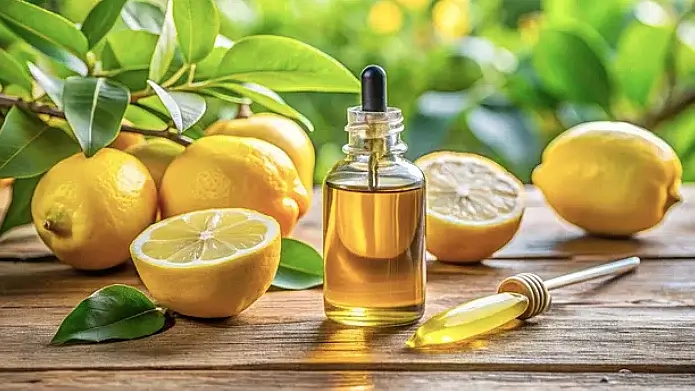 Diets
Diets Recipes
Recipes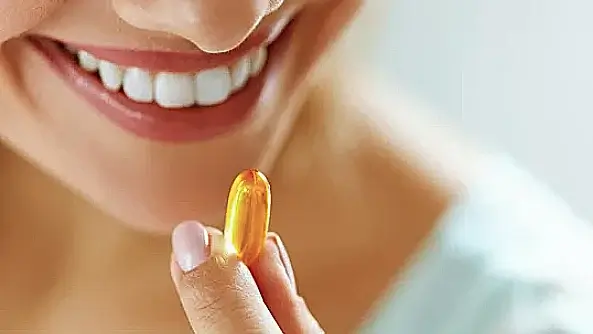 Supplements
Supplements Management
Management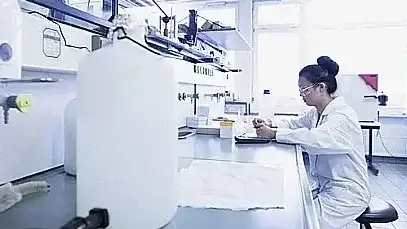 Calculators
Calculators Quizzes
Quizzes Glossary
Glossary



